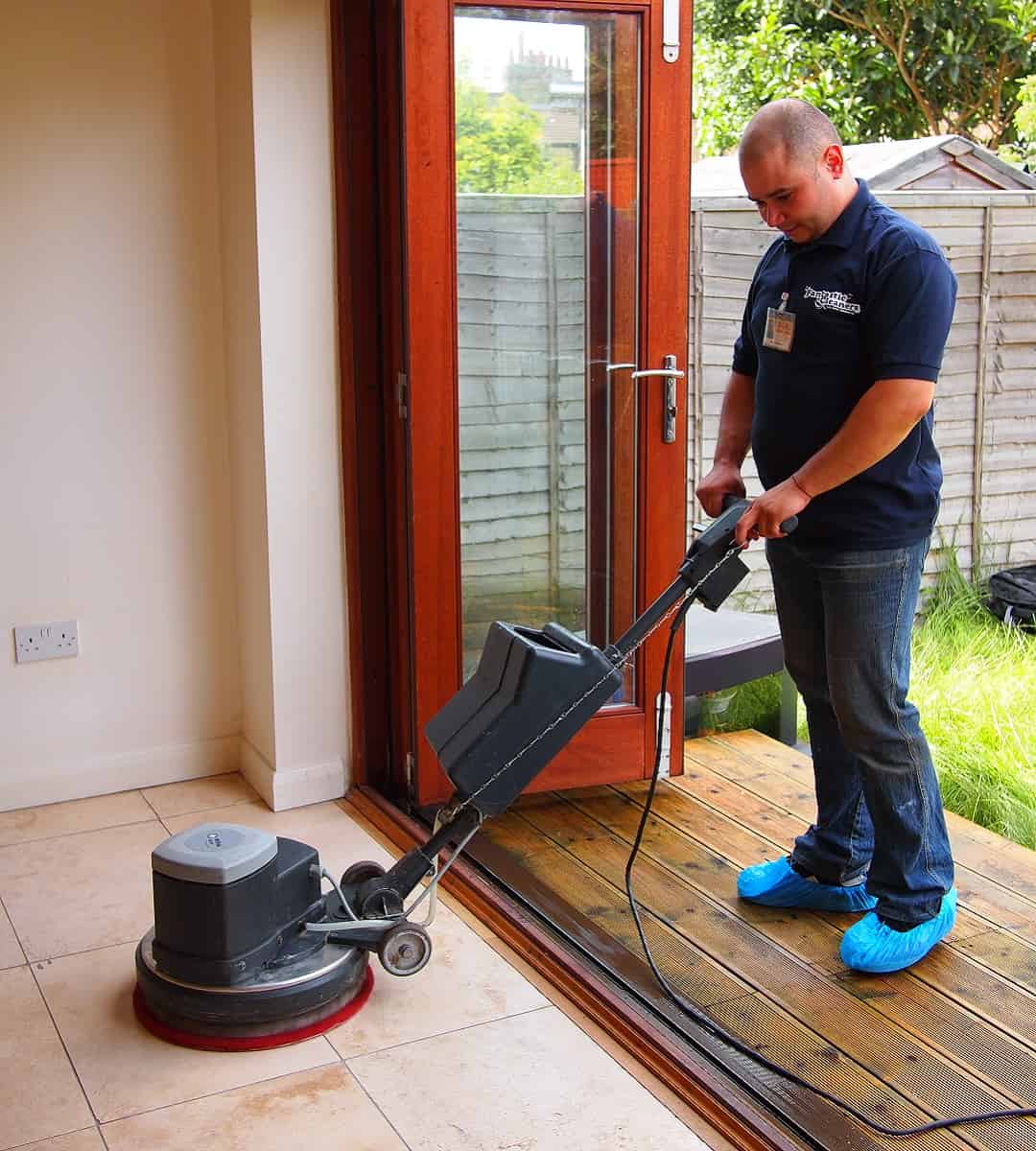Comprehending the Requirement for Completely Sanitizing and Disinfecting Often Touched Surface Areas in High-Traffic Areas
In the realm of public health and safety, the meticulous disinfection and sanitization of regularly touched surface areas in high-traffic locations stand as critical procedures in preventing the spread of damaging virus. The value of this practice extends far past plain cleanliness, diving into the realm of disease avoidance and community wellness. By exploring the numerous aspects of surface disinfection, from the threats related to neglecting cleansing procedures to the efficient methods that can be utilized, a clearer understanding arises of the crucial function these methods play in safeguarding public wellness. As we browse this discussion, it becomes obvious that the ramifications of extensive surface disinfection resound not just within the boundaries of a particular atmosphere yet also resonate on a broader range, affecting the health and safety of people throughout diverse communal settings.
Value of Surface Disinfection
Stressing the thorough sanitation of high-traffic surface areas is critical in preserving a sanitary setting and avoiding the spread of damaging pathogens. High-touch surfaces such as door takes care of, light switches, elevator switches, and kitchen counters act as reproducing premises for infections and microorganisms. Routine disinfection of these surfaces is critical to decrease the danger of contamination and transmission of ailments.
By carrying out a durable disinfection protocol, establishments and businesses can develop a much safer atmosphere for consumers, site visitors, and staff members. Proper surface disinfection not just minimizes the spread of transmittable diseases yet also instills self-confidence in the tidiness and security of the premises. This proactive technique shows a dedication to health and health, which is specifically essential in high-traffic locations where the likelihood of direct exposure to virus is enhanced.
Furthermore, surface area sanitation plays an important role in overall infection control approaches. Integrated with hand hygiene practices, wearing masks, and keeping physical distancing, detailed disinfection of high-touch surfaces forms an extensive protection against the transmission of harmful microbes. Focusing on surface sanitation is an important component of an alternative method to health and wellness in common areas.
Risks of Overlooking Cleansing Practices
Disregarding thorough disinfection of high-traffic surfaces substantially heightens the threat of viral and bacterial contamination, positioning a severe threat to the health and wellness and safety of people often visiting these spaces. Failing to implement correct cleansing techniques can bring about the accumulation and spread of damaging microorganisms, consisting of viruses and bacteria, on often touched surfaces such as doorknobs, handrails, elevator buttons, and countertops.

Additionally, disregarding the importance of thorough cleaning not only jeopardizes the well-being of individuals yet additionally threatens initiatives to keep a sanitary and tidy environment. It is critical to acknowledge the significance of proper disinfection protocols in preventing the spread of infections and securing public health and wellness.
Efficient Sanitation Techniques
To preserve optimum cleanliness and reduce the threat of contamination on high-traffic surfaces, employing reliable disinfection methods is vital. One of the most reliable and typical sanitation techniques is using chemical anti-bacterials.
One more effective technique is using UV-C light. UV-C light has actually been shown to be reliable in eliminating a broad variety of microorganisms by disrupting their DNA structure, thus preventing them from replicating. It is necessary to use UV-C light properly, guaranteeing that the right strength and direct exposure time are used to accomplish the wanted sanitation outcomes.
Additionally, utilizing heavy steam cleansing as a sanitation method can be very effective, particularly on surface areas that are heat-resistant. Heavy steam can pass through porous surfaces and eliminate microorganisms, viruses, and various other microorganisms effectively. When utilizing vapor cleansing, it is necessary to make sure that the surface area reaches the needed temperature for an adequate quantity of time to assure proper disinfection.
Influence On Public Wellness
The maintenance of high criteria of tidiness and sanitation on high-traffic surfaces plays an essential duty in safeguarding public health. Regularly touched surface areas in locations with high tramp, such as doorknobs, handrails, elevator buttons, and washroom facilities, work as reproducing grounds for dangerous pathogens. Falling short to adequately decontaminate these surfaces can bring about the quick spread of infectious diseases within areas. By carrying out comprehensive sanitation procedures, the danger of transmission of viruses, bacteria, and other bacteria can be significantly lowered.
Effective hygiene methods not only protect people from dropping unwell however likewise add to the total wellness of society. Public health authorities stress the value of maintaining tidy environments go to these guys to avoid episodes and contain the spread of ailments. In high-traffic locations like flight terminals, schools, medical facilities, and public transport systems, the effect of rigorous disinfection procedures can not be understated. Focusing on the sanitization of frequently touched surface areas is a proactive technique to advertising public health and wellness and improving the safety and security of people in shared spaces.
Implementing Routine Cleaning Methods
Quickly setting up and sticking to a regular routine of cleaning procedures is paramount for maintaining the sanitation and safety of high-traffic surfaces. Normal cleaning protocols are vital in preventing the buildup of bacteria and virus on frequently touched surface areas, particularly in locations with high foot website Continue traffic. By implementing an organized method to cleaning, companies can effectively decrease the danger of illness transmission and develop a healthier setting for workers, customers, and the public.
To develop an efficient cleaning routine, it is vital to recognize high-traffic locations that need frequent focus. These locations might consist of doorknobs, handrails, elevator buttons, bathroom facilities, and shared tools. Implementing a regular cleansing routine that targets these surfaces numerous times a day can dramatically minimize the spread of harmful bacteria and infections.
In addition, using proper cleaner and disinfectants is vital to making certain that surfaces are completely sterilized. Regular training of cleansing staff on correct cleaning strategies and the relevance of adherence to the cleansing timetable is also important in preserving a hygienic setting. By prioritizing consistent cleaning protocols, organizations can advertise the health and well-being of individuals that interact with these high-traffic surface areas.

Conclusion
In verdict, it is critical to focus on comprehensive disinfection and sanitization of frequently touched surfaces in high-traffic areas to protect against the spread of hazardous virus and maintain public wellness. It is critical to recognize the relevance of preserving clean surface areas in high-traffic locations to ensure the health of the neighborhood.
In the world of public wellness and safety and security, the precise disinfection and sanitization of frequently touched surface areas in high-traffic locations stand as vital steps in preventing the spread of harmful virus. By discovering the various elements of surface sanitation, from the dangers connected with overlooking cleansing protocols to the reliable methods that can be utilized, a clearer understanding emerges of the essential function these techniques play in safeguarding public health and wellness.In addition, employing steam cleansing as a sanitation approach can be very efficient, especially on surface areas that are heat-resistant. When using steam cleansing, it is essential to make sure that the surface advice area reaches the required temperature for an adequate quantity of time to assure correct sanitation.
In verdict, it is essential to prioritize detailed sanitation and sanitization of often touched surface areas in high-traffic locations to avoid the spread of damaging pathogens and keep public health and wellness.
Comments on “The Ultimate Tip to Everyday Cleaning: Just How to Scrub the Surfaces, Vacuum Carpets, and Clear Out Any Clutter”